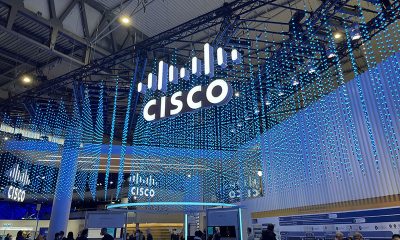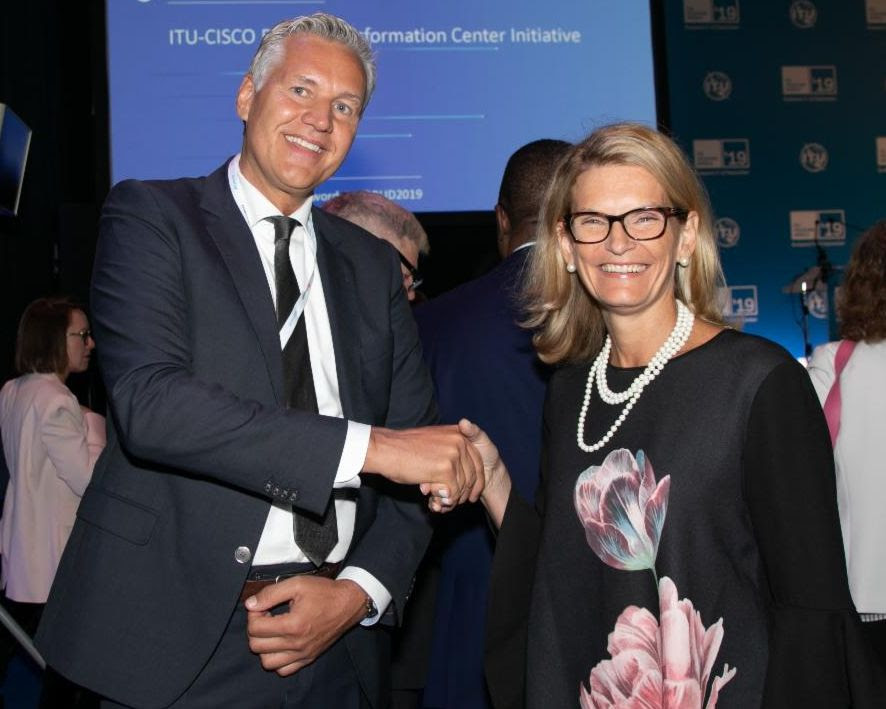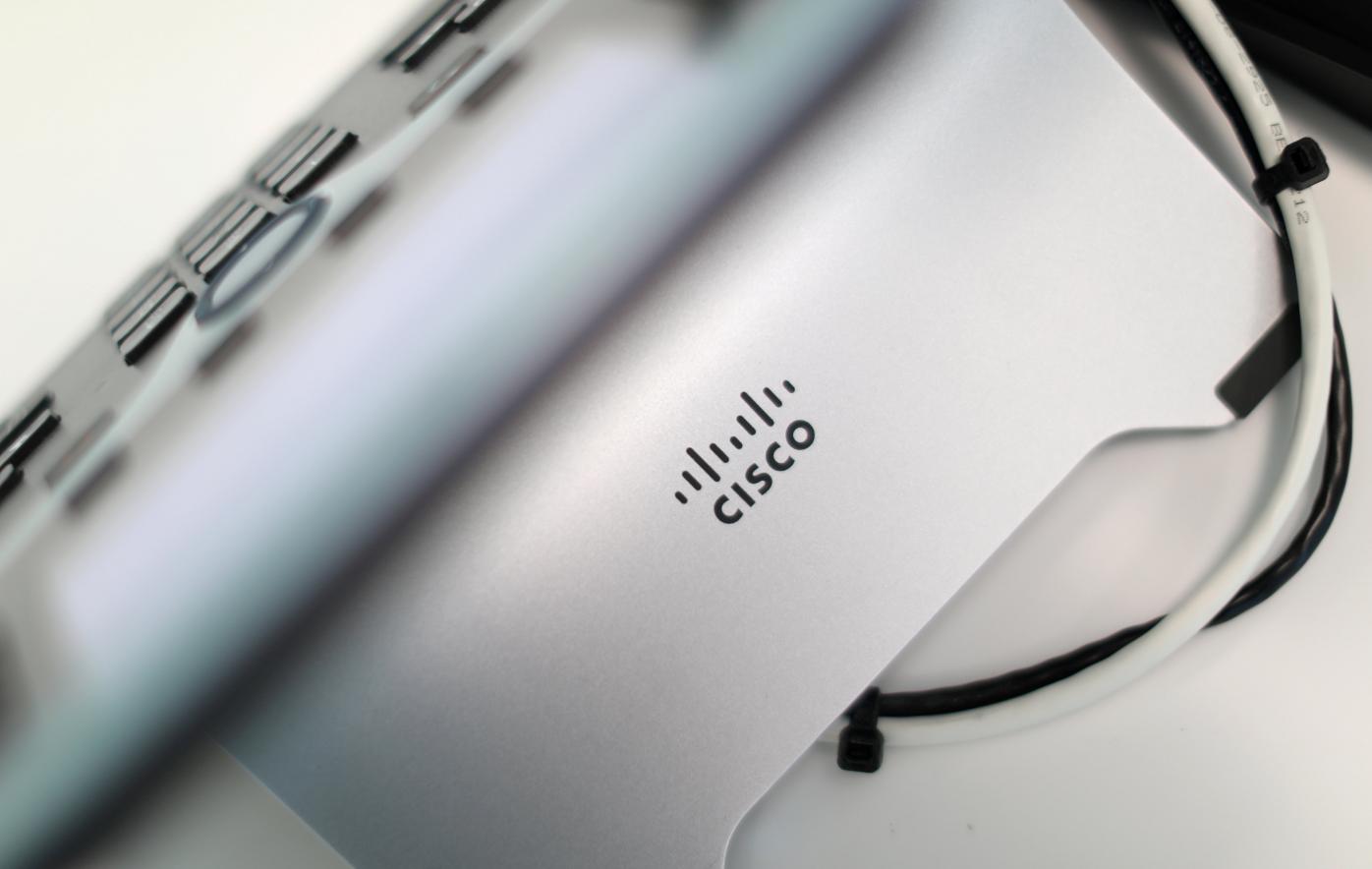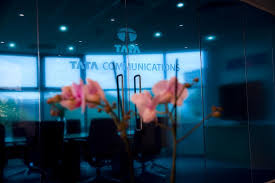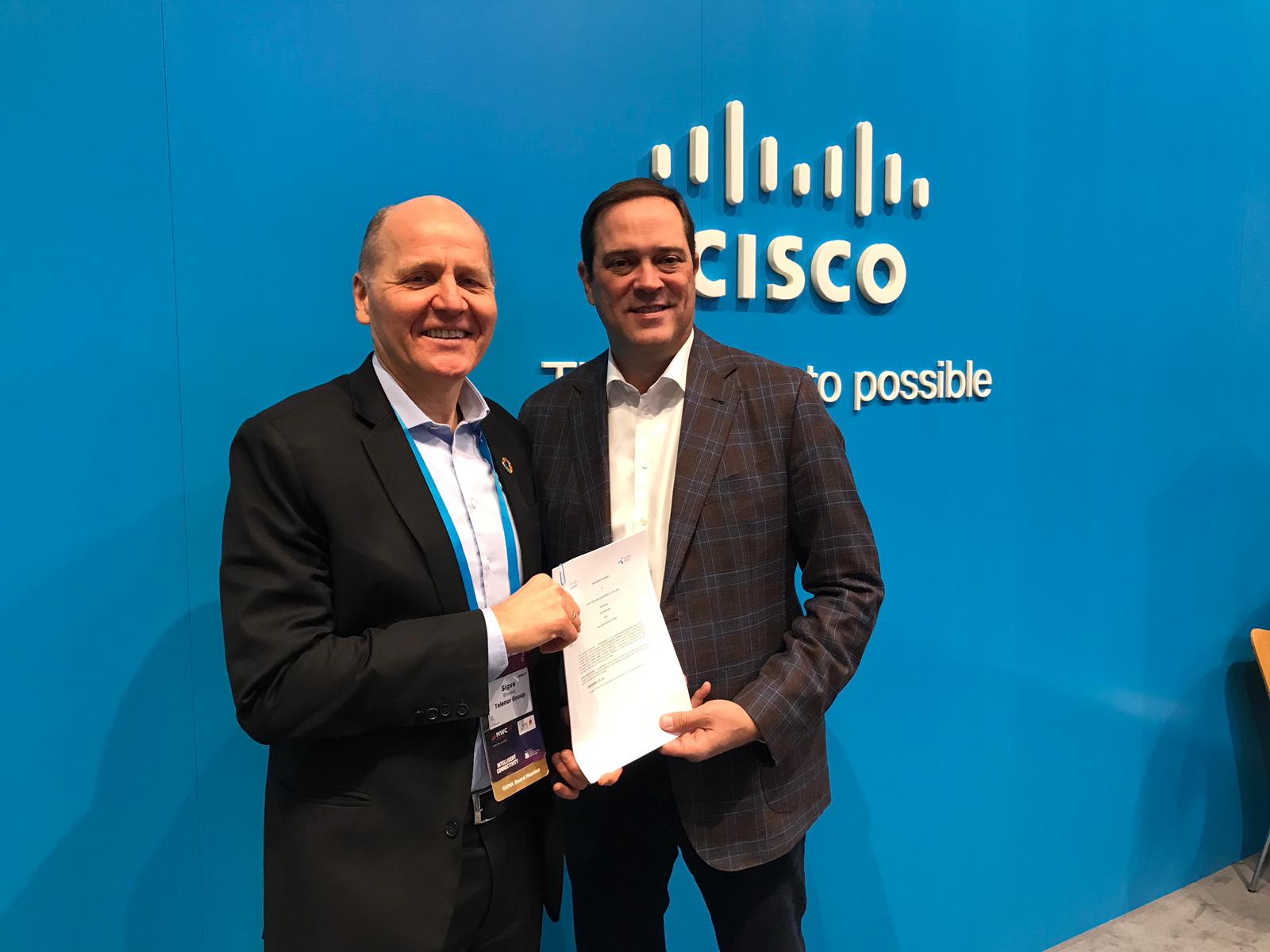Mobile Services
Cloud will account for 95 percent of total data center traffic by 2021: Cisco

 NEW DELHI: Cisco has released the seventh annual Cisco Global Cloud Index (2016-2021). The updated report focuses on data center virtualization and cloud computing, which have become fundamental elements in transforming how many business and consumer network services are delivered.
NEW DELHI: Cisco has released the seventh annual Cisco Global Cloud Index (2016-2021). The updated report focuses on data center virtualization and cloud computing, which have become fundamental elements in transforming how many business and consumer network services are delivered.
According to the study, both consumer and business applications are contributing to the growing dominance of cloud services over the Internet. For consumers, streaming video, social networking, and Internet search are among the most popular cloud applications. For business users, enterprise resource planning (ERP), collaboration, analytics, and other digital enterprise applications represent leading growth areas.
Strong Multicloud Traffic Growth Projected
Driven by surging cloud applications, data center traffic is growing fast. The study forecasts global cloud data center traffic to reach 19.5 zettabytes (ZB) per year by 2021, up from 6.0 ZB per year in 2016 (3.3-fold growth or a 27 percent compound annual growth rate [CAGR] from 2016 to 2021). Globally, cloud data center traffic will represent 95 percent of total data center traffic by 2021, compared to 88 percent in 2016.
Improved Security and IoT Fuel Cloud Growth
In the past, security concerns have been a major barrier to cloud adoption. Improvements in data center governance and data control have helped to minimize enterprise risk and better protect consumer information. Security innovations coupled with tangible cloud computing benefits, including scalability and economies of scale, play key roles in fueling the cloud growth projected in the study. Additionally, the growth of Internet of Things (IoT) applications such as smart cars, smart cities, connected health and digital utilities requires scalable computing and storage solutions to accommodate new and expanding data center demands. By 2021, Cisco expects IoT connections to reach 13.7 billion, up from 5.8 billion in 2016.
Hyperscale Data Centers Doubling
The increasing need for data center and cloud resources has led to the development of large-scale public cloud data centers called hyperscale data centers. In this year’s forecast, it is expected that by 2021 there will be 628 hyperscale data centers globally, compared to 338 in 2016, 1.9-fold growth or near doubling over the forecast period. By 2021, hyperscale data centers will support:
· 53 percent of all data center servers (27 percent in 2016)
· 69 percent of all data center processing power (41 percent in 2016)
· 65 percent of all data stored in data centers (51 percent in 2016)
· 55 percent of all data center traffic (39 percent in 2016)
“Data center application growth is clearly exploding in this new multicloud world. This projected growth will require new innovations especially in the areas of public, private and hybrid clouds,” said Kip Compton, Vice President of Cisco’s Cloud Platform and Solutions Group.
Global Cloud Index Highlights and Key Projections:
1. Data center virtualization and cloud computing growth
· By 2021, 94 percent of workloads and compute instances will be processed by cloud data centers; 6 percent will be processed by traditional data centers.
· Overall data center workloads and compute instances will more than double (2.3-fold) from 2016 to 2021; however, cloud workloads and compute instances will nearly triple (2.7-fold) over the same period.
· The workload and compute instance density for cloud data centers was 8.8 in 2016 and will grow to 13.2 by 2021. Comparatively, for traditional data centers, workload and compute instance density was 2.4 in 2016 and will grow to 3.8 by 2021.
2. Growth in stored data fueled by big data and IoT
· Globally, the data stored in data centers will nearly quintuple by 2021 to reach 1.3 ZB by 2021, up 4.6-fold (a CAGR of 36%) from 286 EB in 2016.
· Big data will reach 403 exabytes (EB) by 2021, up almost 8-fold from 25 EB in 2016. Big data will represent 30 percent of data stored in data centers by 2021, up from 18 percent in 2016.
· The amount of data stored on devices will be 4.5 times higher than data stored in data centers, at 5.9 ZB by 2021.
· Driven largely by IoT, the total amount of data created (and not necessarily stored) by any device will reach 847 ZB per year by 2021, up from 218 ZB per year in 2016. Data created is two orders of magnitude higher than data stored.
3. Applications contribute to rise of global data center traffic
· By 2021, big data will account for 20 percent (2.5 ZB annual, 209 EB monthly) of traffic within data centers, compared to 12 percent (593 EB annual, 49 EB monthly) in 2016.
· By 2021, video streaming will account for 10 percent of traffic within data centers, compared to 9 percent in 2016.
· By 2021, video will account for 85 percent of traffic from data centers to end users, compared to 78 percent in 2016.
· By 2021, search will account for 20 percent of traffic within data centers by 2021, compared to 28 percent in 2016.
· By 2021, social networking will account for 22 percent of traffic within data centers, compared to 20 percent in 2016.
4. SaaS most popular cloud service model through 2021
· By 2021, 75 percent (402 million) of the total cloud workloads and compute instances will be SaaS workloads and compute instances, up from 71 percent (141 million) in 2016. (23% CAGR from 2016 to 2021).
· By 2021, 16 percent (85 million) of the total cloud workloads and compute instances will be IaaS workloads and compute instances, down from 21 percent (42 million) in 2016. (15% CAGR from 2016 to 2021).
· By 2021, 9 percent (46 million) of the total cloud workloads and compute instances will be PaaS workloads and compute instances, up from 8% (16 million) in 2016. (23% CAGR from 2016 to 2021).
For the purposes of the study, cloud computing includes platforms that enable ubiquitous, on-demand network access to a shared pool of configurable computing resources (e.g., networks, servers, storage, applications, and services) that can be rapidly provisioned and released with minimal management effort or service provider interaction. Deployment models include private, public, and hybrid clouds. Cloud data centers can be operated by service providers as well as private enterprises.
5g
Airtel announces its largest ever 5G roll-out in 125 cities
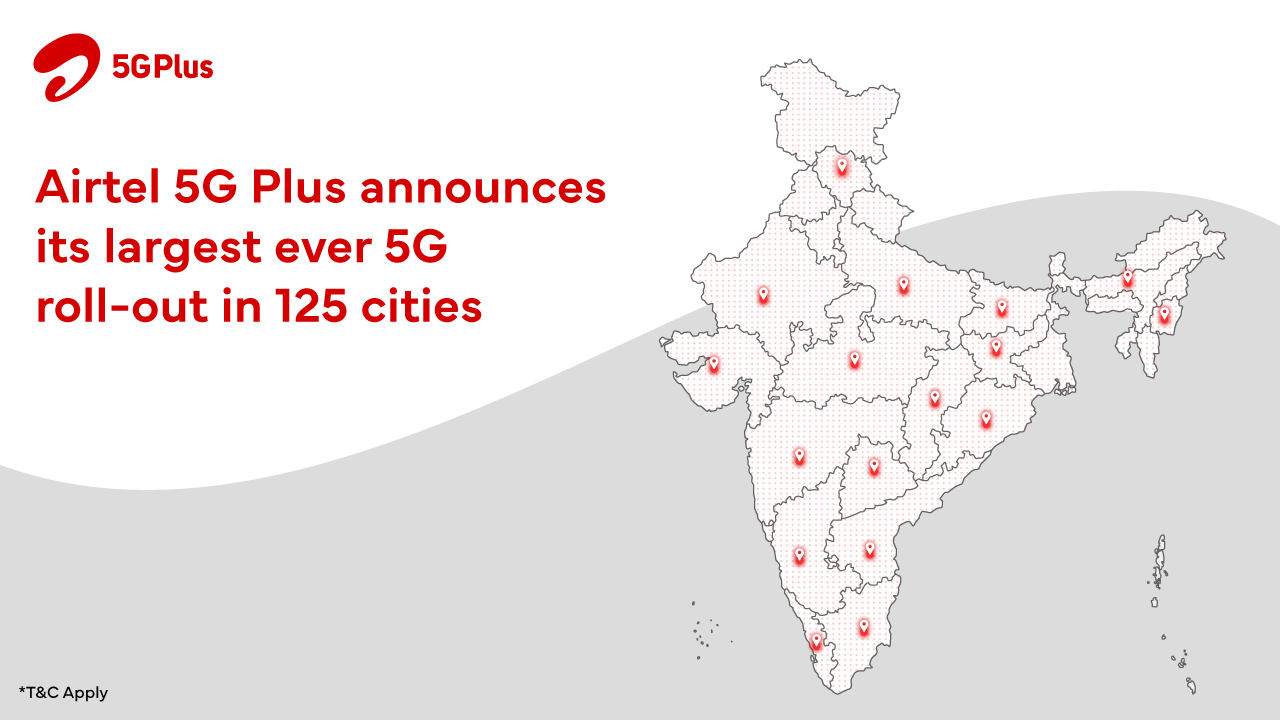
NEW DELHI: Bharti Airtel, India’s telecommunications services provider, today announced the launch of its ultra-fast 5G services in 125 cities. Airtel 5G Plus service is now available to customers in over 265 cities in the country.
Airtel 5G Plus has three compelling advantages for customers. First, it runs on a technology that has the widest acceptance in the world with the most developed ecosystem. This ensures that all 5G smartphones in India seamlessly work on the Airtel network. Second, the company promises to deliver the best experience – between 20 to 30 times higher speeds than today coupled with brilliant voice experience and super-fast call connect. Finally, Airtel 5G Plus network will also be kinder to the environment with its special power reduction solution. Powered by the reliable Airtel network infrastructure, Airtel 5G Plus will provide superfast access to High-Definition video streaming, gaming, multiple chatting, instant uploading of photos et all.
Commenting on the launch, Randeep Sekhon, CTO, Bharti Airtel said, “5G has revolutionized the world of internet, ushering new era of connectivity and communications that will prove to be a game-changer for the country. At Airtel, we remain committed to delivering the highest quality of network and service to our customers as we roll-out 125 more cities today. Airtel was the first in the country to offer 5G services in October 2022, and today’s mega launch is our promise to connect every Airtel customer in the country with ultra-fast Airtel 5G Plus. Our 5G rollout is on track to cover all towns and key rural areas by March 2024.”
Airtel 5G Plus service availability will continue to rapidly expand – including service in all towns and villages in the country soon – as the company is working towards offering nationwide coverage. Airtel is now offering its 5G services in every major city from the upper northern city of Jammu to the southern tip of Kanyakumari.
In the last one year, Airtel has demonstrated the power of 5G with a host of powerful use cases that will change the way customers lead their lives and do business. From India’s first live 5G network in Hyderabad to India’s first private 5G network at the BOSCH facility in Bengaluru to partnering with Mahindra & Mahindra to make its Chakan manufacturing facility, India’s first 5G enabled auto manufacturing unit, Airtel has been at the forefront of 5G innovation.
5g
Apple rolls out beta programme for iPhones to enable 5G services

NEW DELHI: Apple Inc has rolled out a beta programme to enable 5G on Apple devices as the upgrade lets users try out pre-release software.
This software upgrade enables 5G access on Apple devices, as and when service providers Jio, Airtel and Vodafone enable 5G network access, sources said.
Apple Users have to enrol for the Beta Programme on the website, install a profile and download the software.
Jio users using iPhone 12 and above, in cities where JioTrue5G has been rolled out, will be invited to the Jio Welcome Offer. Jio Welcome Offer provides unlimited 5G data at up to 1 Gbps speed to users at no additional cost. However, there is a condition that prepaid users must be on active Rs 239 and above plan. All Postpaid users are eligible for this trial.
Airtel is not providing any special 5G offer like Jio to their users. In the cities/areas in which the Airtel 5G network has been launched, users can trial 5G services as a part of their existing plan, once they have updated the latest Apple Beta software.
While an email sent to Apple did not solicit an immediate response, the firm had last month stated: “We are working with our carrier partners in India to bring the best 5G experience to iPhone users as soon as network validation and testing for quality and performance is completed. 5G will be enabled via a software update and will start rolling out to iPhone users in December”.
Airtel and Jio customers on iPhone 14, iPhone 13, iPhone 12 and iPhone SE (3rd generation) models can experience 5G as part of Apple’s iOS 16 Beta Software Program. The Apple Beta Software Program is open to anyone with a valid Apple ID who accepts the Apple Beta Software Program Agreement during the sign-up process.
If a user has an iCloud account, that is an Apple ID, it is recommended they use that. If they do not have an iCloud account or any other Apple ID, they can create one.
Customers who want to try the beta software should back up their iPhones before installing the beta software. It is recommended to install the beta software only on non-production devices that are not business-critical. Users can also provide feedback to Apple on quality and usability, which helps Apple identify issues, fix them, and make Apple software even better.
The iOS beta comes with the built-in Feedback Assistant app, which can be opened from the Home screen on the iPhone or iPad or from the Dock on the Mac.
Source: Press Trust of India
5g
Nokia wins multi-year deal with Reliance Jio India to build one of the largest 5G networks in the world
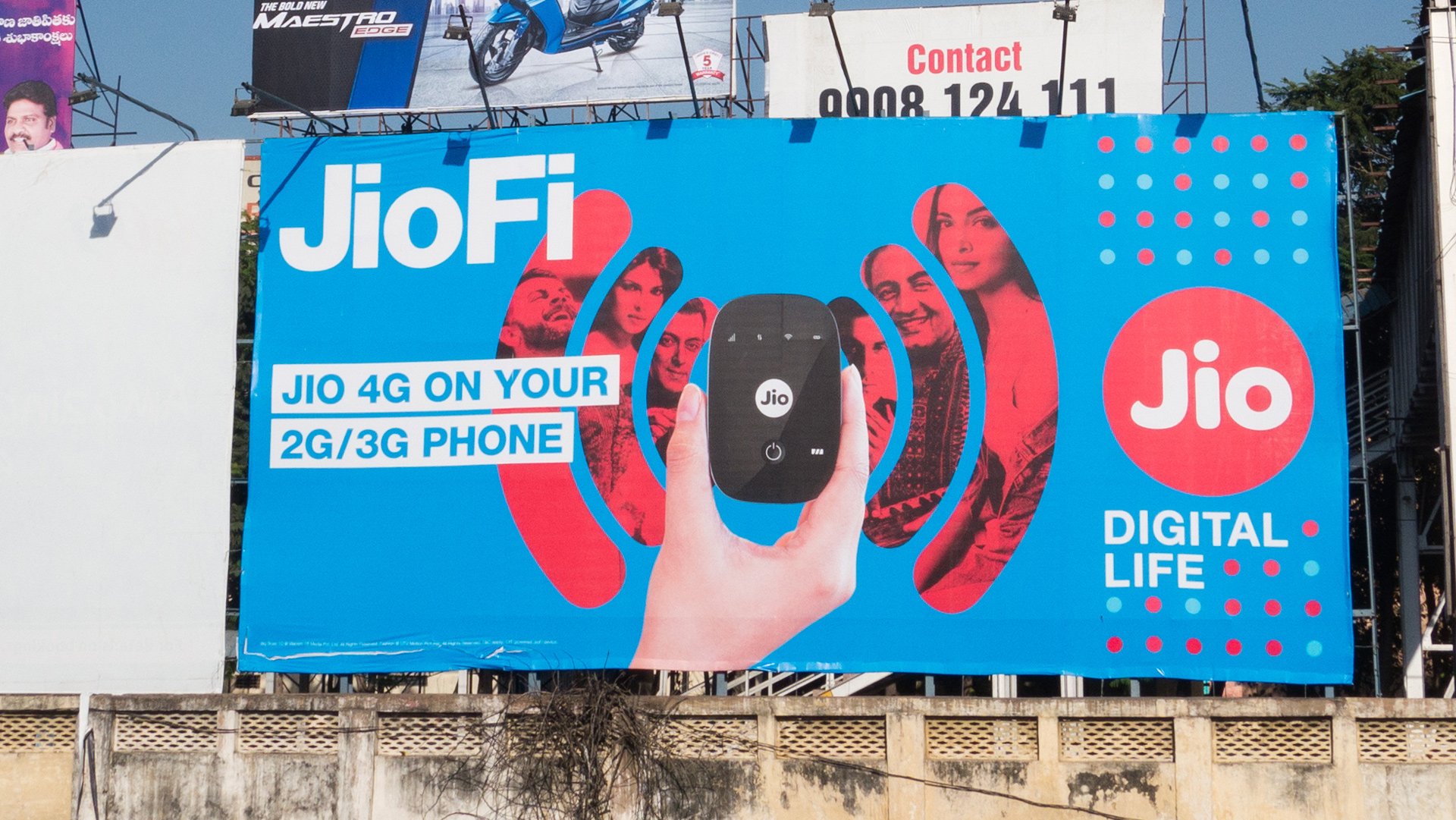
NEW DELHI: Nokia has announced that it has been selected as a major supplier by Reliance Jio to supply 5G Radio Access Network (RAN) equipment from its comprehensive AirScale portfolio countrywide in a multi-year deal. Reliance Jio is India’s number one mobile operator and has one of the largest RAN footprints in the world.
Under the contract, Nokia will supply equipment from its AirScale portfolio, including base stations, high-capacity 5G Massive MIMO antennas, and Remote Radio Heads (RRH) to support different spectrum bands, and self-organizing network software. Reliance Jio plans to deploy a 5G standalone network which will interwork with its 4G network. The network will enable Reliance Jio to deliver advanced 5G services such as massive machine-to-machine communications, network slicing, and ultra-low-latency.
Akash Ambani, Chairman Reliance Jio, commented: “We are pleased to be working with Nokia for our 5G SA deployment in India. Jio is committed to continuously investing in the latest network technologies to enhance the experience of all of its customers. We are confident that our partnership with Nokia will deliver one of the most advanced 5G networks globally.”
Pekka Lundmark, President and CEO at Nokia stated: “This is a significant win for Nokia in an important market and a new customer with one of the largest RAN footprints in the world. This ambitious project will introduce millions of people across India to premium 5G services, enabled by our industry-leading AirScale portfolio. We are proud that Reliance Jio has placed its trust in our technology and we look forward to a long and productive partnership with them.”
Nokia has a long-standing presence in India. This new deal will mean that Nokia is now supplying India’s three largest mobile operators.

